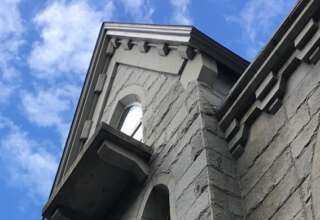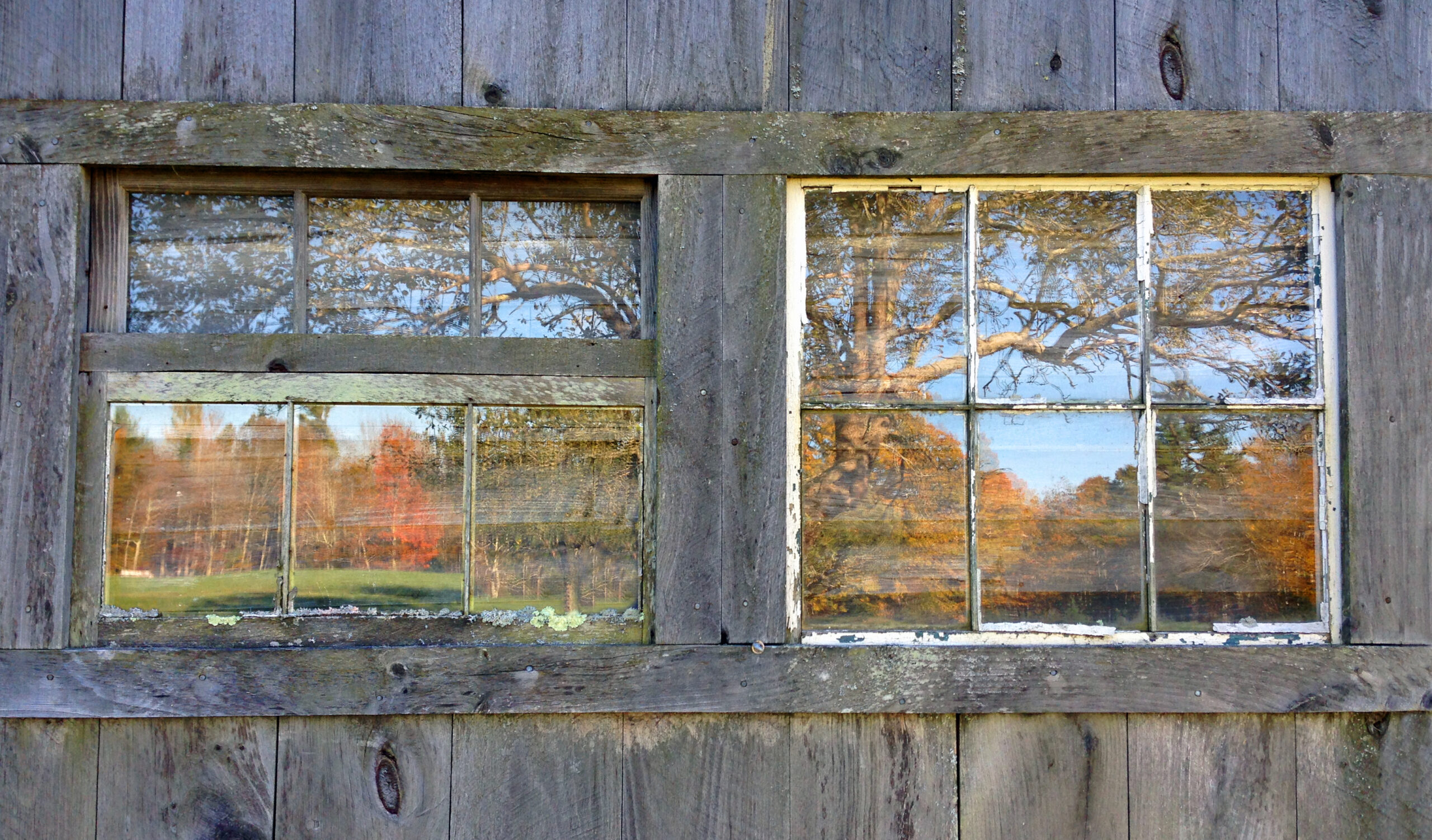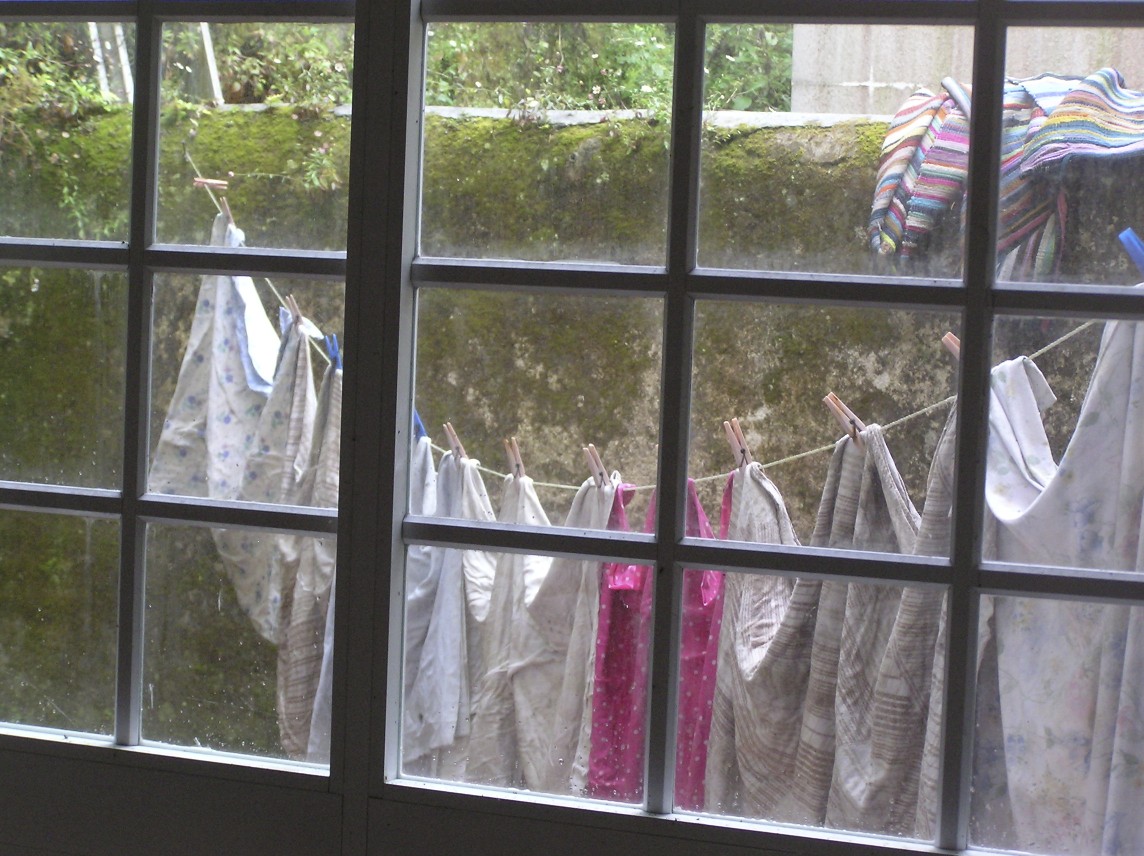
Unfortunately, for human beings, the stress is often low grade and chronic. The downshifting either never occurs or keeps reoccurring. If the parasympathetic system is rarely engaged then we are likely to have problems digesting food, relaxing or sleeping. If this system is frequently engaged, then the up and down causes great biological havoc. In either case, harm is being done to our body (especially to our immune system and cardiovascular functions). I would suggest that Sapolsky’s imagined lions are relevant here—for there doesn’t have to be a legitimate source of stress. We can make up the stress and without any outside source of correction, the lonely person is particularly inclined to imagine lions.
This initial analysis of sympathetic and parasympathetic interplay doesn’t yield the entire answer for Cacioppo and Patrick. They (Cacioppo and Patrick, 2008, p. 32) offers a more complex picture of stress and loneliness then one might expect:
“Luckily, the grinding effect of stress brought on by a persistent sense of being alone is only part of the story. Our research takes into account the whole constellation of social, psychological, and biological events, including the vitally important counterweight to the fight-or-flight system–what my colleagues and I call the physiology of “rest and digest.” Just as our cells and organ systems undergo wear and tear, often as a result of stress, they also benefit from inherent processes of repair and maintenance that are associated with restorative behaviors such as sound sleep. As you might expect from what we have seen so far, some of these maintenance and repair functions of the human mind and body are also heavily influenced by the social world.”
What then are the social world conditions that aid the processes of repair and maintenance? Neither Cacioppo and Patrick nor others who have been studying the psychology of loneliness (or the sociology of loneliness for that matter) find that standing alone, outside of a supportive community, will typically provide this assistance. We often need some kind of assistance when addressing the “wild dogs”, real lions, and imagined lions in our life. This support comes in many forms, including a listening, empathic ear, a caring voice that challenges, and a source of expertise offering a clear vision of both reality and the future (Bergquist, 2023).
However, Cacioppo and Patrick’s perspective does set the stage for Pathway 5 and opens the door to conditions which promote healing while alone.








